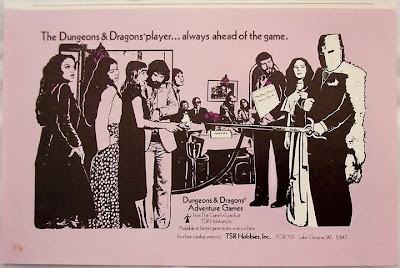Over the long weekend besides running a
surprisingly-fun character-generation only session of the new Hill
Cantrevs/Beyond the Wall mini-campaign (more about that later) and basking in the
never-ending white-hot Texas sun, I had some mental room to get back
to working on my cyclopean
city-ruins
pointcrawl
project.
In the course of doing some research on
real world existing ruins I discovered some wonderful, “I would be
challenged to do it better” finds.
I am a firm believer in non-linear site
design (thanks to that thought-provoking
old analysis by Melan) and how that
makes for richer, more-interesting gameplay for the site-based focus
of D&D, it's stunning just how much real sites seem to provide
rich examples. And even more wonderful that thanks to the vast Annwn
storehouse of stolen knowledge how easy it is to rustle up some
inspiring visual examples.
Take Pompeii.
Truth be told I have modified
actual-existing small-scale maps of that city for my Jakallan
undercity (and later Kezmarok undercity when I shamelessly reskinned
it), but at the time had never seen a larger-scale block map. Now
thanks to Guide Archeologiche Mondadori: Pompei by
Eugenio La Rocca, Mariette and Arnold de Vos check this out.
 |
| Click to enlarge. |
Notice how you have large access
street-corridors with several avenues of approach. These can take the
place of central staircases or main corridors of mega-dungeons that
provide quick access to the “deeper” sections while presenting
players with a number of exploratory choices. With the numbering
system already here you can project a pointcrawl system quite easily
to help guide travel and exploration in the zoomed out mode.
Even better is how the Roman-penchant
for creating dense urban complexes (insulae) breaks the blocks down
into a number of smaller discreet areas themselves sub-divided with
large numbers of interlocked, non-linear choices. The above-mentioned
book and some other internet sources even provide a wonderful
selection of “pre-keyed” micro-examples of the city's larger
villas, each of them could make for nice little sub-dungeons. (Note
that these maps are mostly sites from that larger block map.)













